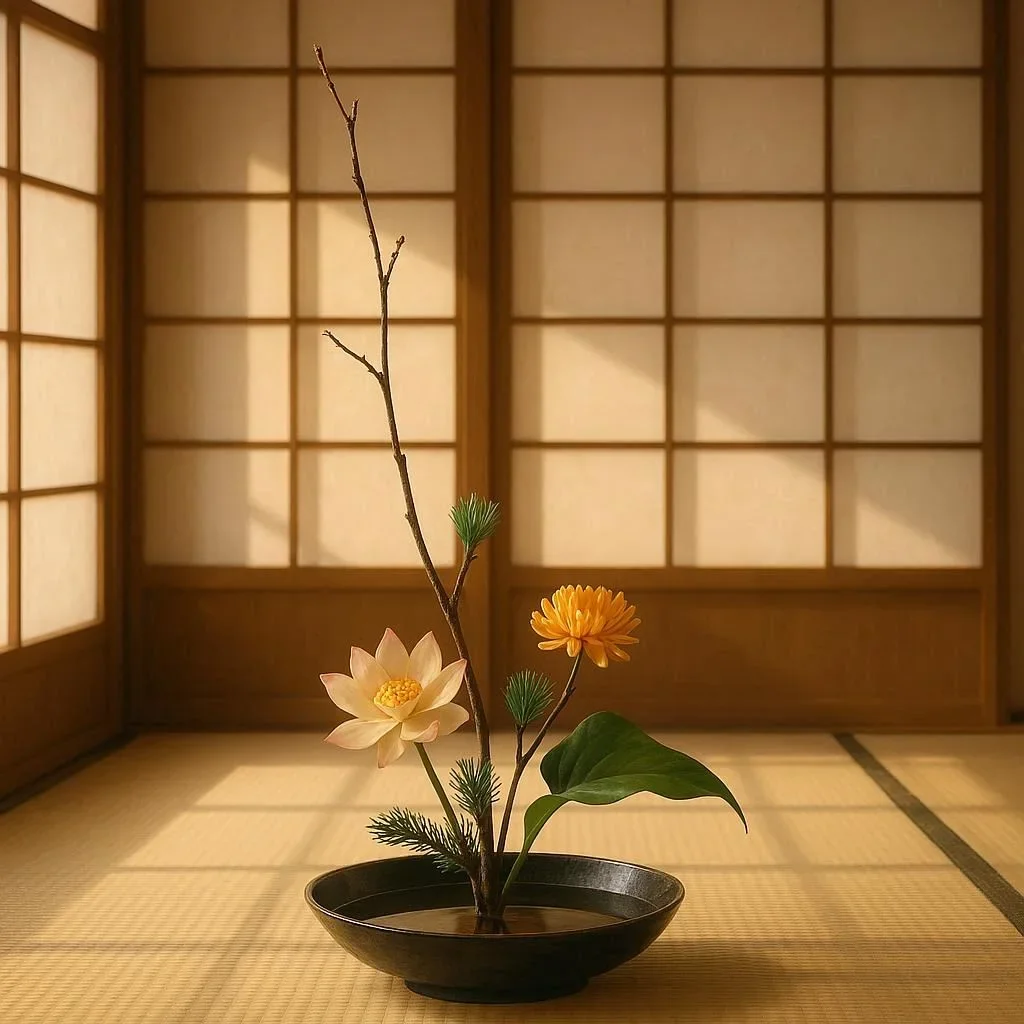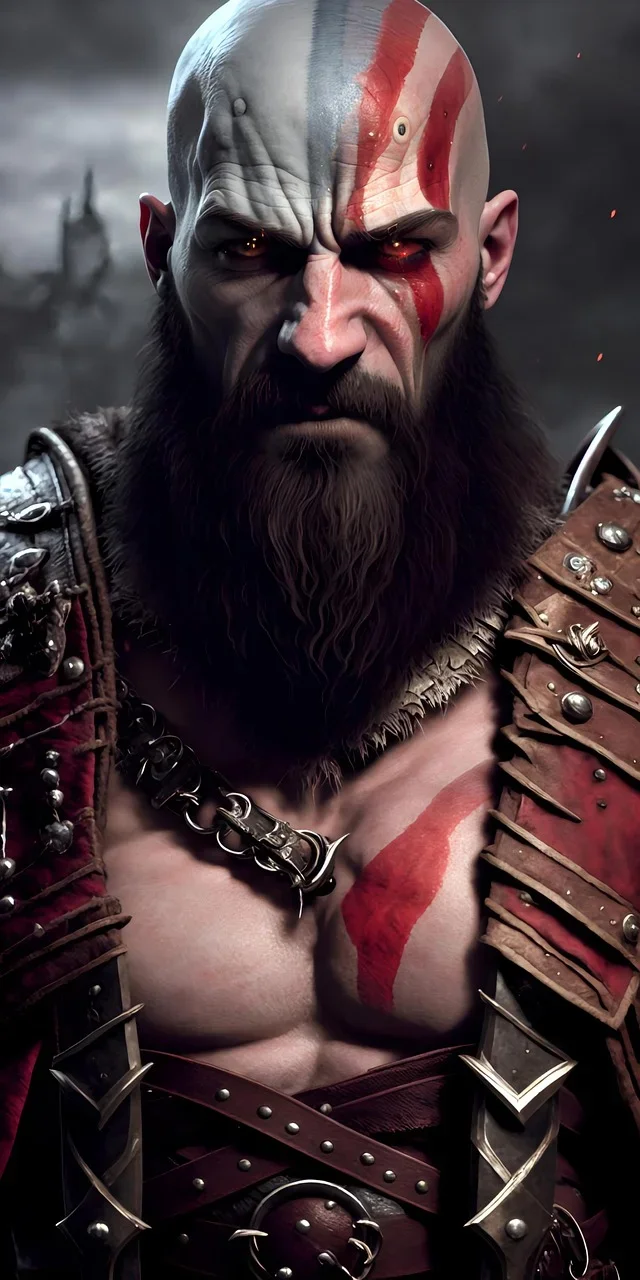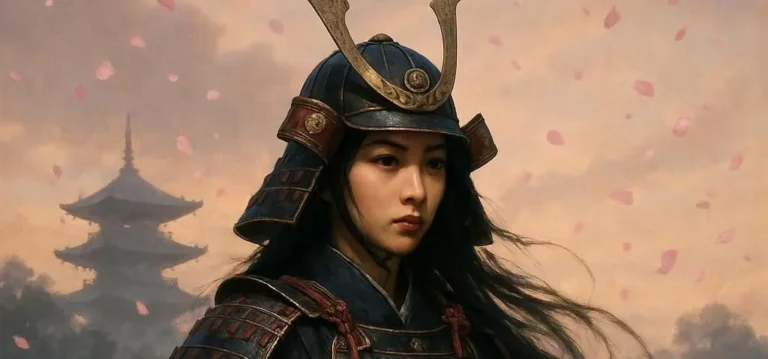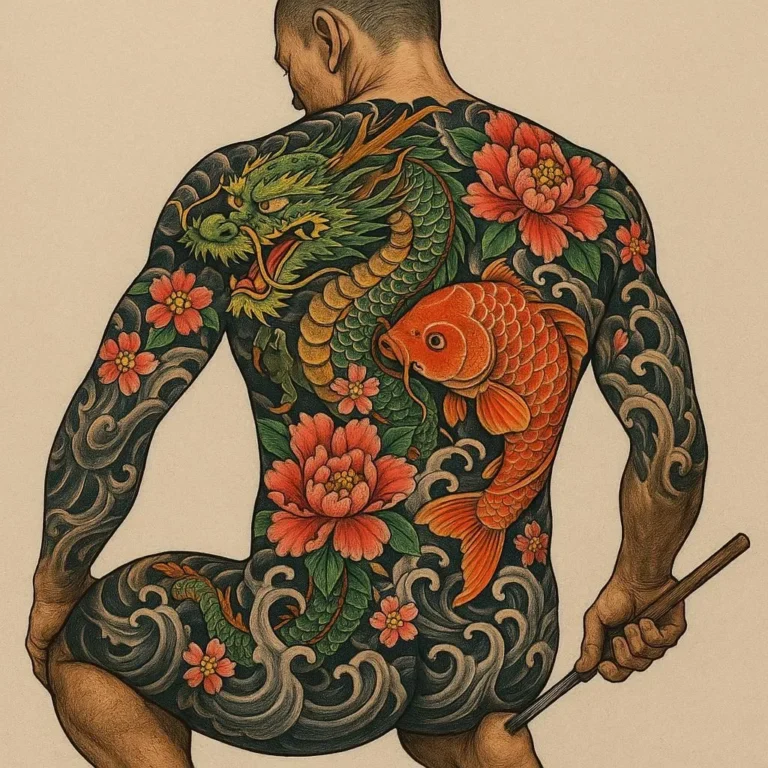506 views The Structure of Yakuza: Hierarchies and Rituals
The Yakuza, Japan’s infamous organized crime syndicates, have long fascinated the world with their intricate hierarchies, complex rituals, and enigmatic code of honor. Often romanticized in films, books, and popular culture, the Yakuza operates under a strict chain of command and adheres to centuries-old traditions. This article delves into the structure of the Yakuza, exploring its hierarchies, rituals, and the codes that govern this secretive underworld.
The Origins of Yakuza Structure
The Yakuza’s organizational structure is deeply rooted in Japan’s history, tracing back to the Edo period (1603–1868). Initially, the Yakuza emerged as groups of samurai who had lost their masters and tattoos, becoming outcasts in society. These early organizations were formed to protect communities and provide a sense of belonging to marginalized individuals. Over time, these groups evolved into the sophisticated crime syndicates we recognize today.
The Hierarchical Structure of the Yakuza
The Yakuza operates under a strict hierarchical system, similar to a military chain of command. This structure is designed to maintain discipline, respect, and order within the organization. Here’s a breakdown of the key ranks within the Yakuza hierarchy:
1. Oyabun (Father Figure)
The Oyabun is the highest-ranking member of a Yakuza family. Often referred to as the ‘father figure,’ this position is typically held by the founder or the most respected member of the group. The Oyabun makes final decisions, resolves disputes, and represents the organization in external matters. Their authority is absolute, and their word is law within the organization.
2. Wakaishu (Young Head)
The Wakaishu serves as the second-in-command and is often groomed to succeed the Oyabun. This position requires loyalty, intelligence, and the ability to enforce the Oyabun’s decisions. The Wakaishu handles day-to-day operations and ensures that lower-ranking members adhere to the organization’s rules.
3. Shateigashira (Houses)
The Shateigashira are high-ranking members who manage specific ‘houses’ or divisions within the Yakuza. These divisions may specialize in different activities, such as extortion, gambling, or drug trafficking. Each Shateigashira is responsible for the profitability and efficiency of their respective division.
4. So-Honbu-Cho (Headquarters Chief)
The So-Honbu-Cho oversees the Yakuza’s headquarters and coordinates activities between different divisions. This role requires strong organizational and communication skills, as the So-Honbu-Cho must ensure that all operations run smoothly and align with the organization’s overall goals.
5. Kumi-Cho (Group Leaders)
The Kumi-Cho are mid-level leaders who head smaller groups within the Yakuza. These leaders are responsible for managing lower-ranking members and ensuring that tasks are completed efficiently. They act as intermediaries between higher-ranking members and the general membership.
6. Shoto (Associate Members)
Shoto are the entry-level members of the Yakuza. These individuals are new to the organization and are typically assigned menial tasks to prove their loyalty and worth. Over time, they may be promoted to higher ranks based on their performance and dedication.
Rituals and Ceremonies
In addition to its hierarchical structure, the Yakuza is known for its elaborate rituals and ceremonies. These practices serve to reinforce the organization’s codes of conduct and strengthen the bonds among members. Some of the most notable Yakuza rituals include:
1. The Sakazuki Ritual
The Sakazuki ritual is a sacred ceremony in which Yakuza members solidify their loyalty to the organization. During this ritual, members exchange cups of sake as a symbol of their commitment to the group. This ceremony is often performed during initiation, promotions, or important events.
2. The Yubitsume Ritual
The Yubitsume ritual is a severe form of punishment and atonement within the Yakuza. If a member makes a serious mistake or betrays the organization, they may be required to cut off their pinky finger as a sign of apology. This practice, known as ‘yubitsume,’ is a powerful symbol of the Yakuza’s strict code of conduct.
3. The Kishemon Ceremony
The Kishemon ceremony is a initiation ritual for new members. During this ceremony, the initiate is formally welcomed into the Yakuza and pledged to uphold the organization’s code of honor. The ceremony often involves the exchange of sake cups and the recitation of oaths.
The Yakuza Code of Conduct
The Yakuza adheres to a strict code of conduct known as ‘Giri’ or ‘Ninkingyo.’ This code emphasizes loyalty, respect, and honor, and serves as the foundation of the Yakuza’s values. Members are expected to uphold this code at all times, and failure to do so can result in severe punishment.
Key Principles of Giri:
– Loyalty: Members must show unwavering loyalty to the organization and their superiors.
– Respect: Respect for hierarchy and tradition is paramount within the Yakuza.
– Honor: Members must maintain their personal honor and the honor of the organization at all costs.
– Discipline: The Yakuza demands absolute discipline from its members, with punishment for disobedience often being harsh.
The Role of Rituals in Yakuza Life
Rituals play a crucial role in Yakuza life, serving as a means of maintaining order and reinforcing the organization’s values. These ceremonies not only create a sense of unity among members but also serve as a reminder of the consequences of betrayal or disobedience.
Rituals such as the Sakazuki and Kishemon ceremonies are designed to strengthen the bonds between members and reinforce the organization’s hierarchical structure. These practices also provide a sense of continuity and tradition, linking the modern Yakuza to its historical roots.
The Historical Influence of Yakuza Rituals
The Yakuza’s rituals and codes of conduct are deeply influenced by Japan’s rich history and cultural traditions. Many of the organization’s practices are rooted in the samurai code of Bushido, which emphasizes honor, loyalty, and discipline. The Yakuza’s use of rituals and ceremonies can be seen as an attempt to emulate the samurai’s noble way of life.
In addition to samurai traditions, the Yakuza has also been influenced by Japanese religion and folklore. Many of the organization’s rituals incorporate elements of Shinto and Buddhism, further adding to their symbolic significance.
The Yakuza’s Place in Modern Japan
Despite their illicit activities, the Yakuza holds a unique position in Japanese society. While the organization is involved in criminal enterprises, it is also known for its role in maintaining order in certain communities and providing support to those in need. This duality has contributed to the Yakuza’s intriguing reputation and has allowed the organization to persist in modern times.
However, the Yakuza’s influence has declined in recent years due to increased police crackdowns and the globalization of organized crime. As the organization adapts to these changes, its traditional hierarchies and rituals continue to play a central role in its operations.
Conclusion
The structure of the Yakuza is a fascinating blend of hierarchy, tradition, and ritual. From its strict chain of command to its elaborate ceremonies, the organization’s internal workings are both complex and intriguing. While the Yakuza remains a significant force in Japan’s criminal underworld, its adherence to ancient traditions sets it apart from other organized crime groups around the world.
In a world that is increasingly governed by modernity and technological advancements, the Yakuza’s commitment to its historical roots is a testament to the enduring power of tradition. As we continue to learn more about this enigmatic organization, we are reminded of the importance of understanding and respecting the cultural and historical contexts that shape our world.
The Yakuza’s story is one of loyalty, honor, and resilience, a tale that continues to captivate us with its intricate hierarchies and time-honored rituals. Whether viewed as a criminal organization or a cultural phenomenon, the Yakuza remains an integral part of Japan’s history and identity.







